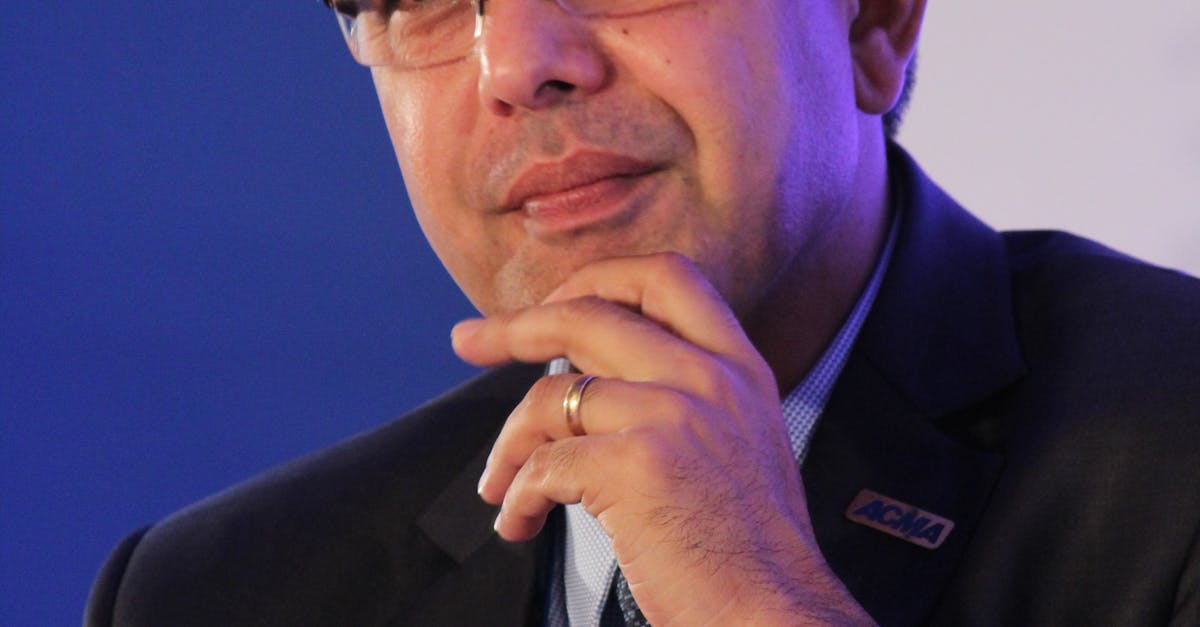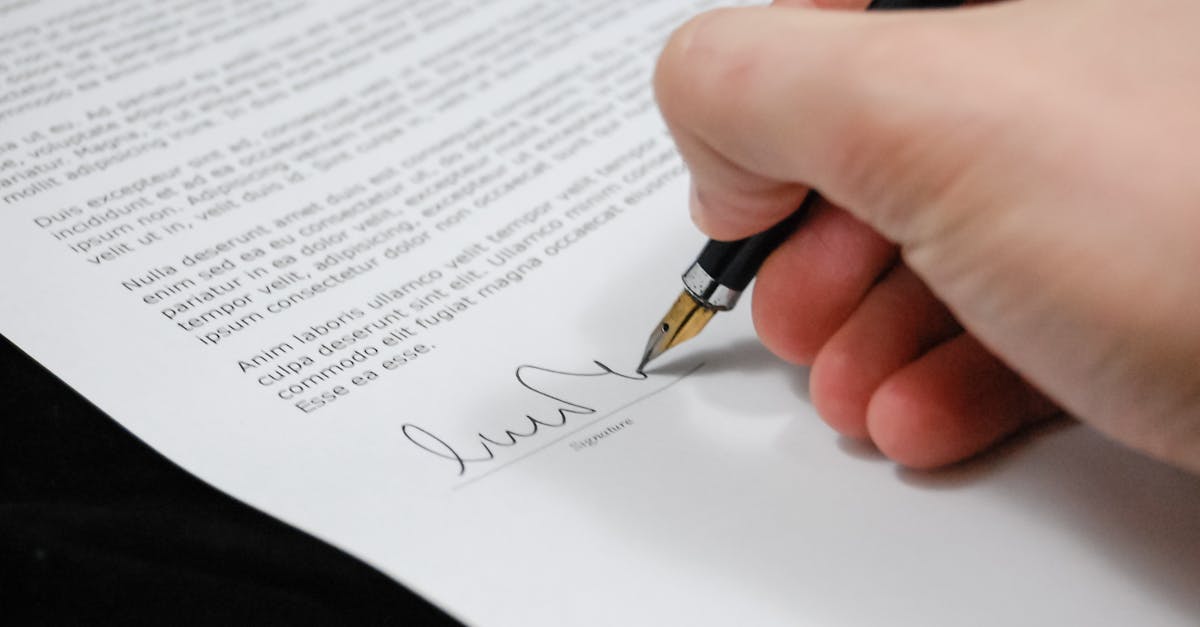
Addressing Dispute Resolution
Disputes are a common occurrence in the realm of contracts. When conflicts arise, parties involved turn to the dispute resolution clauses outlined in their agreements. In many cases within the New York Contract Drafting and Review process, parties opt for mediation or arbitration as a means to settle disputes. Mediation offers a collaborative approach where a neutral mediator assists parties in reaching an agreement. On the other hand, arbitration involves a neutral arbitrator who makes a binding decision after listening to both sides of the argument.
For those situations where mediation or arbitration does not lead to a resolution, litigation becomes the next course of action within the New York Contract Drafting and Review landscape. Litigation involves presenting the case in court before a judge or jury. While this method is often more time-consuming and costly, it provides a formal process for parties to present their arguments and evidence to a legal authority for a final decision.
Methods for Addressing Disputes in Contracts
When disputes arise in contracts, parties must be prepared to find effective ways to resolve them. In the realm of contract law, having a solid dispute resolution clause can help mitigate potential conflicts. Most contracts drafted by professionals at New York Contract Drafting and Review include a provision that outlines the steps to be taken in the event of a disagreement. By clearly specifying the process for resolving disputes, parties can save time, money, and energy that might otherwise be spent on lengthy litigation processes.
Mediation and arbitration are common methods utilized for resolving disputes in contracts. Mediation involves a neutral third party who assists the parties in reaching a mutually agreeable resolution outside of court. On the other hand, arbitration involves a neutral arbitrator making a decision based on the presented evidence. Both methods can be effective in resolving disputes efficiently and maintaining a level of confidentiality. Including provisions for mediation or arbitration in contracts drafted by New York Contract Drafting and Review can provide a structured approach to addressing conflicts that may arise during the execution of the agreement.
Implementing Contract Changes
Implementing changes in contracts is a crucial aspect of ensuring that agreements remain relevant and up-to-date. When modifications are necessary, the parties involved should follow the established procedures outlined in the contract to avoid disputes or misunderstandings. In New York, New York Contract Drafting and Review, it is recommended to document all changes accurately and in writing, ensuring that both parties understand and agree to the amendments being made.
Moreover, any alterations made to the contract should be signed by all relevant parties to signify their acceptance and agreement to the new terms. Verbal agreements or informal changes are generally not enforceable in a court of law, underscoring the importance of proper documentation. By adhering to these practices and principles in New York, New York Contract Drafting and Review, both parties can instill confidence in the contract's integrity and effectiveness.
Modifying Contracts Effectively
When modifying contracts, it is crucial to ensure that all changes are clearly documented and agreed upon by all parties involved. Any modifications made to the original agreement should be well-defined and accurately reflect the updated terms and conditions. It is advisable to consult legal experts such as those at New York Contract Drafting and Review to help navigate through the process of modifying contracts effectively.
Proper documentation is essential when modifying contracts to avoid any potential misunderstandings or disputes in the future. All modifications should be accompanied by signatures from all parties involved to signify their agreement to the changes. Seeking professional guidance from New York Contract Drafting and Review can provide valuable insights into how to effectively modify contracts in a legally sound manner.
Utilizing Contract Management Tools
Utilizing contract management tools is essential for efficient and effective contract administration in the realm of New York Contract Drafting and Review. These tools can streamline the contract lifecycle, from initial drafting to final negotiation and execution. Through the use of software programs and platforms designed for contract management, companies can centralize their contracts, track key dates and milestones, and automate notifications for renewals or terminations.
Furthermore, contract management tools enable stakeholders to collaborate in real-time on contract modifications, ensuring that changes are documented accurately and approved by all relevant parties. By utilizing these tools, organizations can create a structured and organized approach to contract management, reducing the risk of errors, missed deadlines, and disputes down the line amid the meticulous procedures of New York Contract Drafting and Review.
Technology for Contract Administration
In the realm of contract administration, technology plays a crucial role in streamlining processes and enhancing efficiency. New York, New York Contract Drafting and Review has witnessed a surge in the utilization of Contract Management Tools to automate various tasks, such as tracking contract statuses, organizing contract data, and managing renewal dates. These tools offer a centralized platform for storing contracts, facilitating easy access and ensuring version control to prevent errors and discrepancies.
Moreover, technology enables real-time collaboration and communication among parties involved in contract administration. By leveraging communication tools integrated into contract management platforms, professionals at New York, New York Contract Drafting and Review can interact effortlessly, share updates, and discuss modifications without delays. This promotes transparency, expedites decision-making processes, and fosters productive working relationships among contract stakeholders.
FAQS
What should be included in a contract during the drafting process?
When drafting a contract, it is essential to include the names of the parties involved, the purpose of the agreement, the terms and conditions, payment details, timelines, and any other relevant clauses to clearly outline the responsibilities and expectations of each party.
How can I effectively review a contract before finalizing it?
To effectively review a contract, carefully read through each provision to ensure clarity and accuracy. Pay attention to legal terminology, potential loopholes, and any ambiguous language that may lead to misunderstandings. It is also advisable to seek legal advice to ensure all aspects of the contract are legally sound.
What are some negotiation strategies to consider when finalizing a contract?
When negotiating a contract, it is important to prioritize your objectives, be prepared to compromise on non-essential terms, and maintain open communication with the other party. Consider seeking concessions that benefit both parties and be willing to walk away if the terms are not favorable.
How can disputes be effectively resolved within a contract agreement?
Disputes within a contract can be resolved through various methods, such as mediation, arbitration, or litigation. It is crucial to have a clear dispute resolution clause in the contract that outlines the preferred method of resolution and the steps to be taken in case of a disagreement.
What tools can be used for contract management and administration?
Contract management tools, such as electronic signature software, contract lifecycle management platforms, and document management systems, can streamline the process of overseeing contracts, tracking deadlines, and ensuring compliance. Utilizing technology can improve efficiency and reduce the risk of errors in contract administration.




